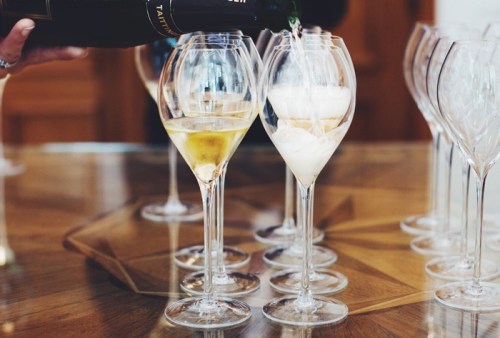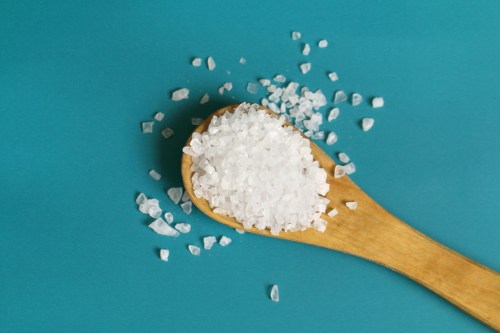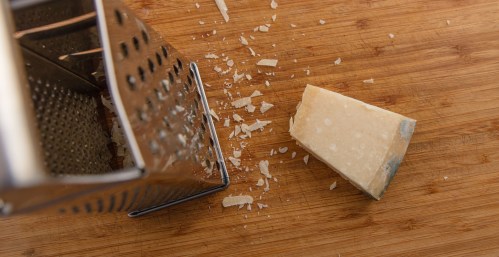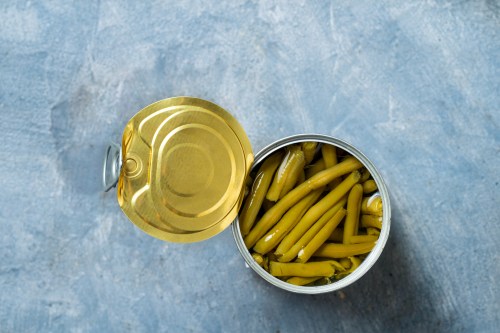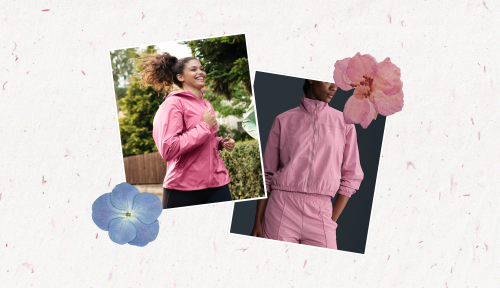With the holidays going strong and New Year’s Eve right around the corner, chances are you’ll be raising a glass of bubbly sometime between now and January 1. And if you’re tempted to skip it due to its sugar content, don’t refuse a flute just yet. According to Champagne expert Chantelle Corbo — ambassador to Champagne Taittinger, sommelier, and partner of RBC Hospitality Group — there’s a super-easy way to select a low-sugar varietal.
Take a quick peek at the label. “The dosage [of added sugar] determines the category of Champagne: brut nature, extra brut, brut, extra dry, demi-sec,” Corbo explains. Brut nature has the least amount of sugar and demi-sec has the most. She adds that while wine producers do add sugar to Champagne to balance the naturally high acidity of the grapes and help with the aging process, “one of the most fascinating things about wine is that it doesn’t take much sugar to make it taste sweet,” she says. “The grams of sugar in a 5-ounce serving glass are actually quite low compared to other beverages.”
“One of the most fascinating things about wine is that it doesn’t take much sugar to make it taste sweet.”
According to Corbo, 90 percent of Champagnes are dosed as brut, which have less than 15 grams of sugar per liter—about 2 grams of sugar per 5-oz. glass. (By comparison, a 16-oz. bottle of kombucha has 10 grams of sugar on average, or roughly about the same amount per 5-oz. serving.) For a slightly sweet and well-balanced option, she recommends a sparkling brut rosé. (It may not be served as frequently as other varietals—but given its pretty color, unique flavor, and lower sugar content, it should definitely win a spot in your own beverage arsenal.)
Other than that, her best advice is not to imbibe before eating something. “A glass of Champagne usually happens at the beginning of the evening and is almost always consumed on an empty stomach,” she says. “Make sure to eat a little something before a long night out on the town, or order something substantial to snack on once you begin to sip.” Salads with grains or fresh seafood are two of Corbo’s go-to pairings. Other than that, she suggests drinking a glass of water for every glass of Champagne you enjoy. Cheers!
Have you heard about orange wine? Yep, it’s a thing—and so are these low-sugar cocktails, if you’re so inclined.
Sign Up for Our Daily Newsletter
Get all the latest in wellness, trends, food, fitness, beauty, and more delivered right to your inbox.
Got it, you've been added to our email list.
